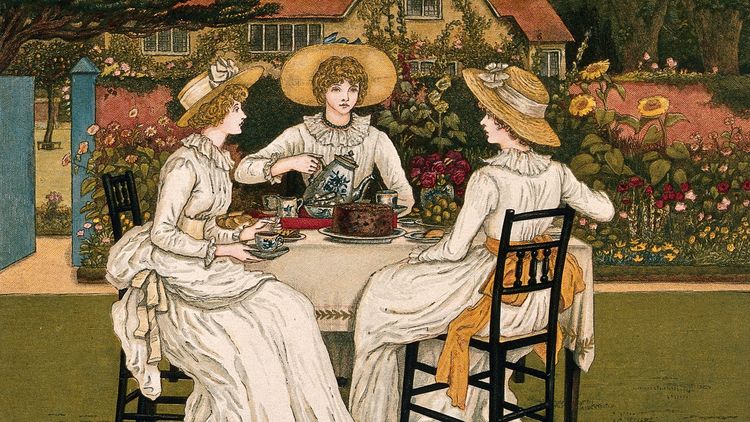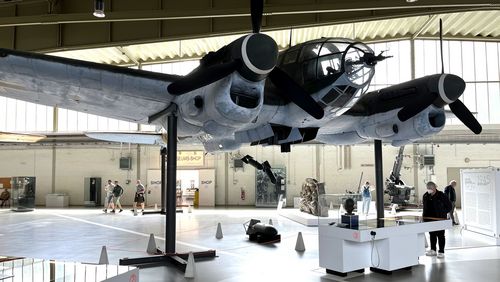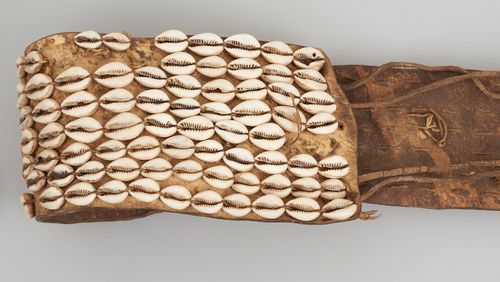Today, coffee and tea are dietary staples for many people, but 400 years ago stimulants such as coffee and tea were exotic rarities. The collaborative research project "Intoxicating Spaces" investigates their impact on European societies.
"A cat won't stop from catching mice / And maidens remain faithful to their coffee. / The mother holds her coffee dear, / The grandmother drank it also, / Who can thus rebuke the daughters!" The final lines of Johann Sebastian Bach's Coffee Cantata leave no room for doubt: by the middle of the eighteenth century, coffee had become firmly established in bourgeois society. Furthermore, within little more than a hundred years after its introduction into Europe, a new public space emerged that revolved around the beverage: the coffeehouse. How did this happen? And can similar trends be observed with other imports that were new to the continent, such as tea, tobacco or sugar?
From the stock exchange to the coffeehouse
These are the questions historian Prof. Dr. Dagmar Freist and her research associate Dr. Gabrielle Robilliard are investigating in the collaborative research project "Intoxicating Spaces". The two historians are exploring connections and interactions between three different dimensions of the consumption of intoxicants and stimulants: consumption practices, the social status of these commodities and their consumers, and the transformation of urban spaces and forms of social behaviour in the period between 1600 and 1850. Together with colleagues from the UK, Sweden and the Netherlands, they focus on the four European port cities of London, Stockholm, Amsterdam and Hamburg.
The two-year project is funded by HERA ("Humanities in the European Research Area"), a network of 26 European research funding organisations. "We deliberately chose this funding line because transfer to the public plays a major role here," explains Freist, who conceived and applied for funding for the project together with her European colleagues. This is also why the researchers in the "Intoxicating Spaces" project are cooperating with schools, museums and other public institutions.
Using Hamburg as a case study, Robilliard is investigating how the trade in stimulants shaped public spaces in Europe, with a special focus on coffee and tea. "In the late seventeenth century, both beverages were frequently consumed in public places, partly because they were very costly for private individuals to prepare," she explains. Coffeehouses began to spring up in several European cities, including Hamburg, where the first establishment of this kind was founded in 1677. Located near the stock exchanges, in the beginning coffeehouses were mainly a meeting place for businessmen and scholars. Later on, in the second half of the 18th century, Robilliard found that cafés also began appearing in gardens and parks or on boats on the Alster River. "Over time, drinking coffee increasingly became a leisure activity in which women also participated," she notes. At the same, the new stimulants also became more affordable for the middle classes.
Using directories for Hamburg from the year 1788, Robilliard was able to pinpoint the locations where these goods were sold in Hamburg. Together with her student assistant Johannes Birk, she recorded all the points of sale on a digital map. With this approach they are able to show how sales of coffee and tea spread throughout the city, in which parts of the city the volume of trade was particularly high, and whether people of a certain background or religion were more frequently involved in this kind of trade. The results will be presented and made available on the project's website.
Exploring coffee and tea digitally
In addition to their scientific work, the two Oldenburg historians are also intensifying their cooperation with the project partners, including the United Nations housing and settlement programme UN-Habitat, based in Nairobi, Kenya. As part of this collaboration, the researchers plan to hold a panel discussion with experts from various fields. On the basis of a catalogue of questions they aim to establish connections between historical findings on drug use and the transformation of urban spaces on the one hand, and current challenges posed by drug use on the other, with the goal of finding solutions. The researchers are also in contact with several schools in Oldenburg and Neu Wulmstorf, and pupils at these schools are working on their own projects about stimulants and intoxicants. Some of the work of these youths is to be incorporated into a digital-analogue exhibition project by the German Maritime Museum in Bremerhaven.
Each object is assigned a "tag" – a digital marker relating to historical locations, dates or specific individuals, for example. In this way, each visitor can view a selection of objects tailored to his or her interests, for instance a map of the locations of coffeehouses in Hamburg, or contemporary literature that deals with the subject of coffee and tea. And perhaps they will be reminded of Bach's Coffee Cantata: "Mmm! How sweet the coffee tastes / More delicious than a thousand kisses / Mellower than muscatel wine / Coffee, coffee I must have / And if someone wishes to give me a treat / Ah, then pour me out some coffee!"




